Introduction
In recent years, self-checkout systems have become a necessity for retail stores across the globe. From grocery stores to large retail chains, businesses are increasingly adopting this technology to streamline operations and enhance the customer experience. While customers enjoy the convenience of self-checkout, its benefits for retailers are much more. Self-checkout systems reduce labour costs and improve store efficiency in ways that have revolutionized how modern retail operates. The key benefits and underlying mechanisms of this technology are as follows:
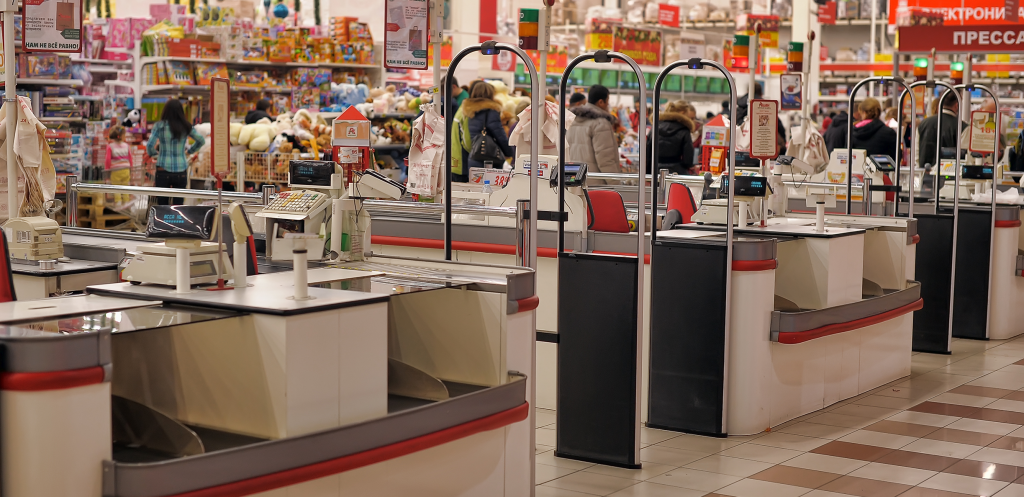
Reducing Labor Costs – One of the primary drivers for the adoption of self-checkout systems is the potential to significantly reduce labour costs. Here is how:
- Lower Staff Requirements: Traditional checkout lanes typically require one cashier dedicated to each register. In contrast, with self-checkout systems a single employee can oversee multiple self-checkout stations ensuring the smooth operations and assisting customers when needed. This shift drastically reduces the number of cashiers or staff required on the floor.
- Flexibility in Workforce Allocation: By reducing the need for cashiers, retailers can reallocate staff to other critical areas of the store, such as inventory management, customer service, or store maintenance. This reallocation improves overall store operations without increasing labour costs.
- Cost-Effective Operations: Labor costs, which includes the staff wages, benefits, and training expenses, represent a significant portion of retail operating budgets. Self-checkout systems provide a scalable solution that reduces dependency on human labour, leading to long-term savings

- Mitigating Turnover Challenges: The retail industry is known for high employee turnover, leading to frequent and regular hiring and training cycles. Self-checkout systems automate the checkout process, reducing reliance on cashiers or staff. This helps mitigate the financial and logistical challenges associated with frequent staff turnover.
Improving Store Efficiency – Beyond labour cost reductions, self-checkout systems enhance store efficiency by optimizing the shopping experience and streamlining operations. Here is how:
- Faster Checkout Process: Self-checkout lanes allow multiple customers to check out simultaneously without the need for dedication cashiers or staff for assistance. This helps in reducing wait times during peak hours and enhances customer satisfaction by enabling stores to serve more shoppers in less time.
- Optimized Space Allocation: Self-checkout kiosks typically require less space than traditional checkout lanes. Retailers can use the freed-up space to expand product displays, create promotional areas, or improve store layout, which will help the store boost its sales potential.

- Enhanced Accuracy: Advanced self-checkout systems are equipped with features such as barcode scanning, weight sensors, and AI-powered error detection. These technologies reduce human errors, such as incorrect pricing or missed scans, ensuring more accurate transactions.
- Data Collection and Insights: Self-checkout systems collect valuable data on customer purchasing behaviours, transaction times, and product popularity. Retailers can leverage this data to optimize inventory management, plan promotions, and improve overall store operations.
- Improved Customer Experience: Self-checkout systems cater to customers who prefer a quick and autonomous shopping experience. Shorter lines and faster transactions translate to higher customer satisfaction, encouraging repeat visits and fostering loyalty.
Considerations for Self-Checkout Systems
- Initial Investments: Installing self-checkout kiosks involves significant upfront costs, including hardware, software, and integration with existing point-of-sale systems. However, the long-term savings in labour costs often justify this investment.
- Theft and Fraud Prevention: Self-checkout systems can be susceptible to theft, such as item swapping or “skip scanning.” Retailers must implement robust security measures, including AI-powered monitoring and staff oversight, to minimize losses.

- Customer Adoption: Not all customers are comfortable with self-checkout technology, particularly those who are less tech-savvy, may find self-checkout challenging. Retailers must ensure kiosks are user-friendly and provide adequate support for those who need assistance.
- Maintenance and Updates: Self-checkout systems require regular maintenance to ensure reliability. Software updates, hardware repairs, and employee training on system use are ongoing costs that must be factored into operational budgets.
Conclusion
Self-checkout technology is revolutionizing the retail industry by reducing labour costs and improving store efficiency. By minimizing staffing requirements, enabling better workforce allocation, and optimizing the checkout process, these systems offer significant cost savings and operational benefits. However, successful implementation requires addressing potential challenges such as theft prevention, customer adoption, and maintenance needs. The decision to adopt self-checkout is not just about keeping up with technological trends but also about creating a seamless shopping experience that meets the modern consumer expectations.
Here, at TVS Electronics you will find an array of self-checkout systems that will help your store progress by reducing costs and improving store efficiency.
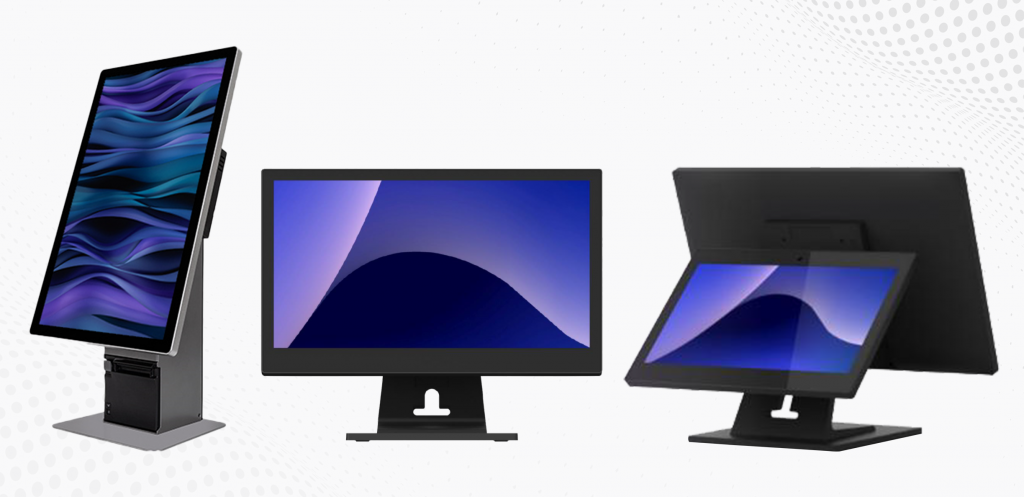
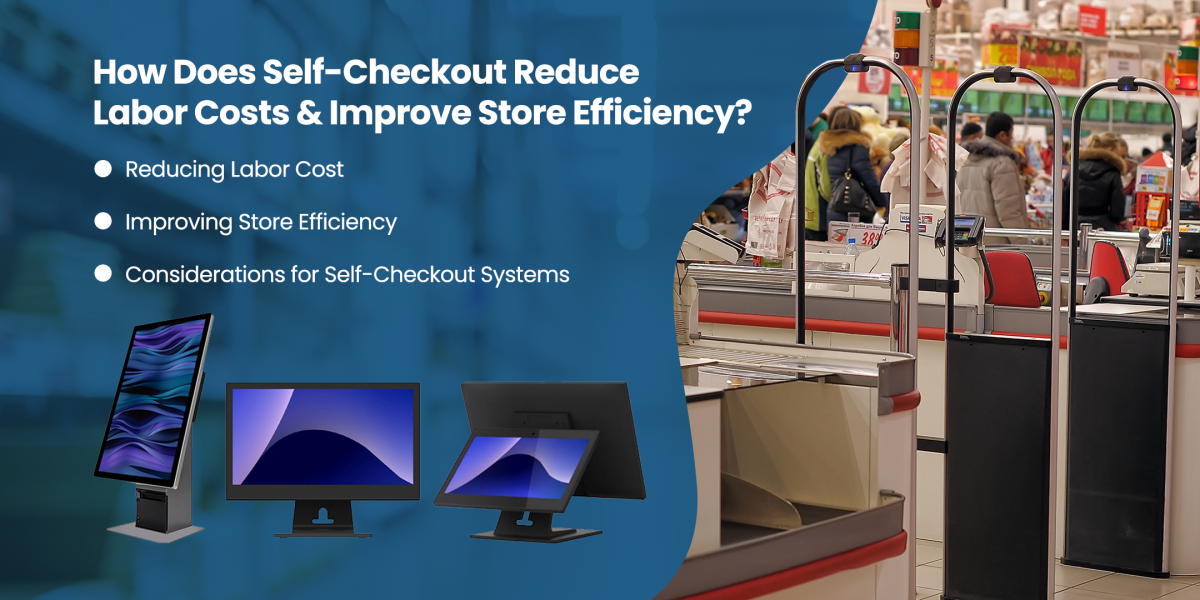

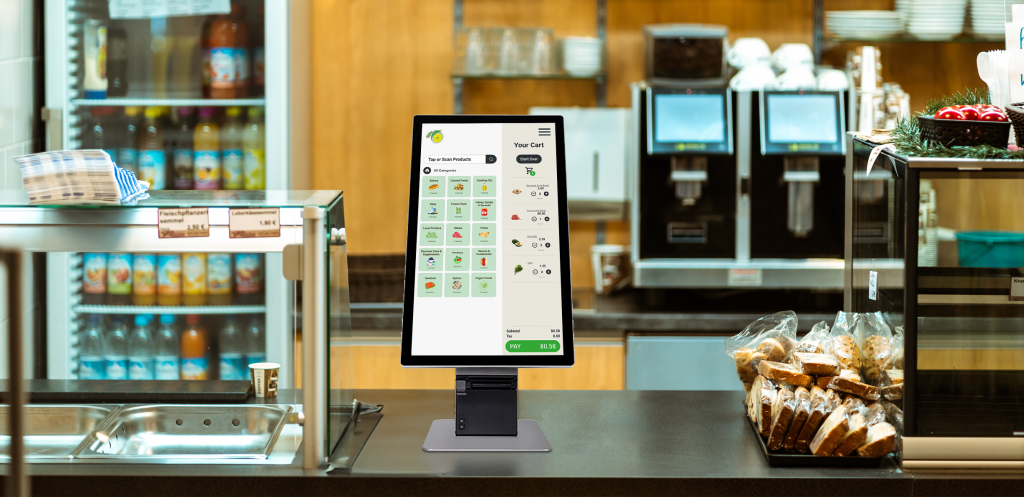


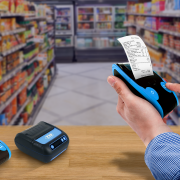

henng96.com
May 3, 2025 at 2:35 pmThis article is a wealth of information. I’ll definitely be referring back to it often.